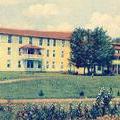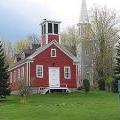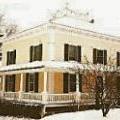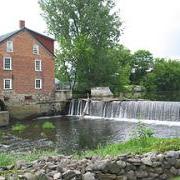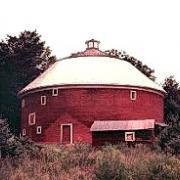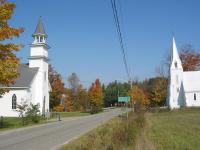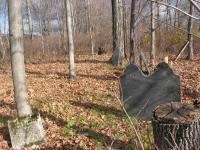Le théatre à Knowlton : la tradition persiste
Depuis les premiers jours du Brae Manor Playhouse de style grange jusqu'au bâtiment actuel du Théâtre Lac Brome à l'arrière du pub local, en ce siècle, le théâtre à Knowlton a été marqué par un festival d'été qui a attiré les meilleurs et les plus brillants acteurs canadiens dans cette charmante ville.

